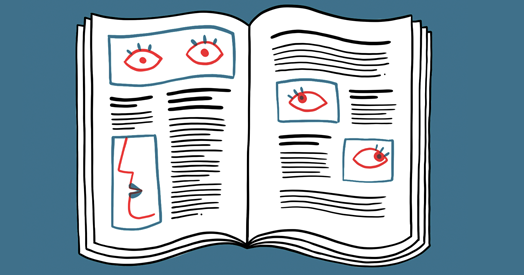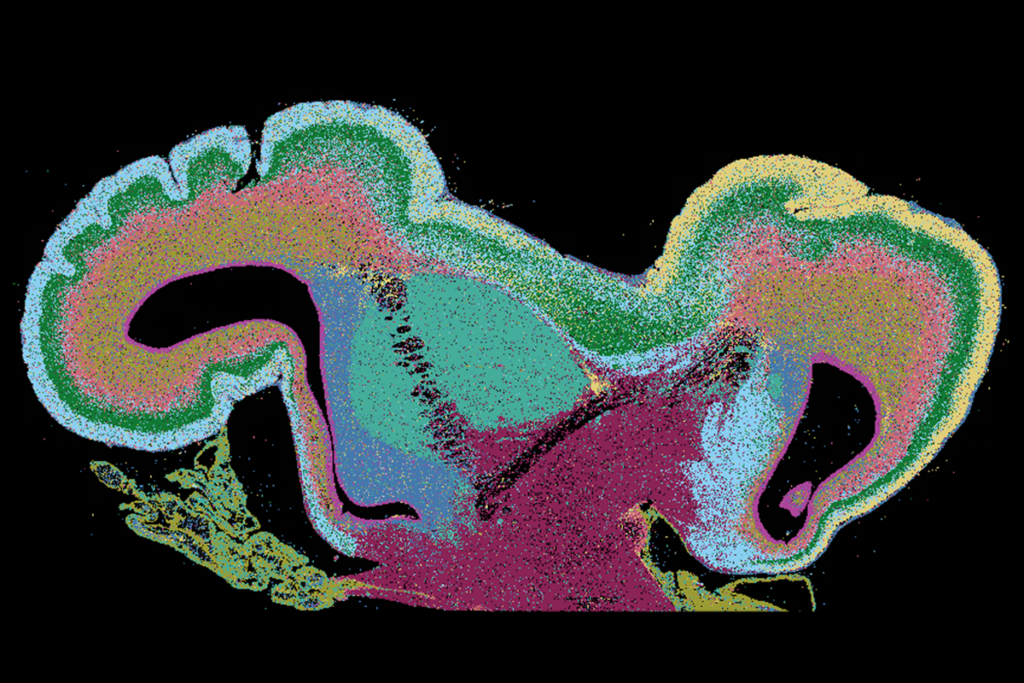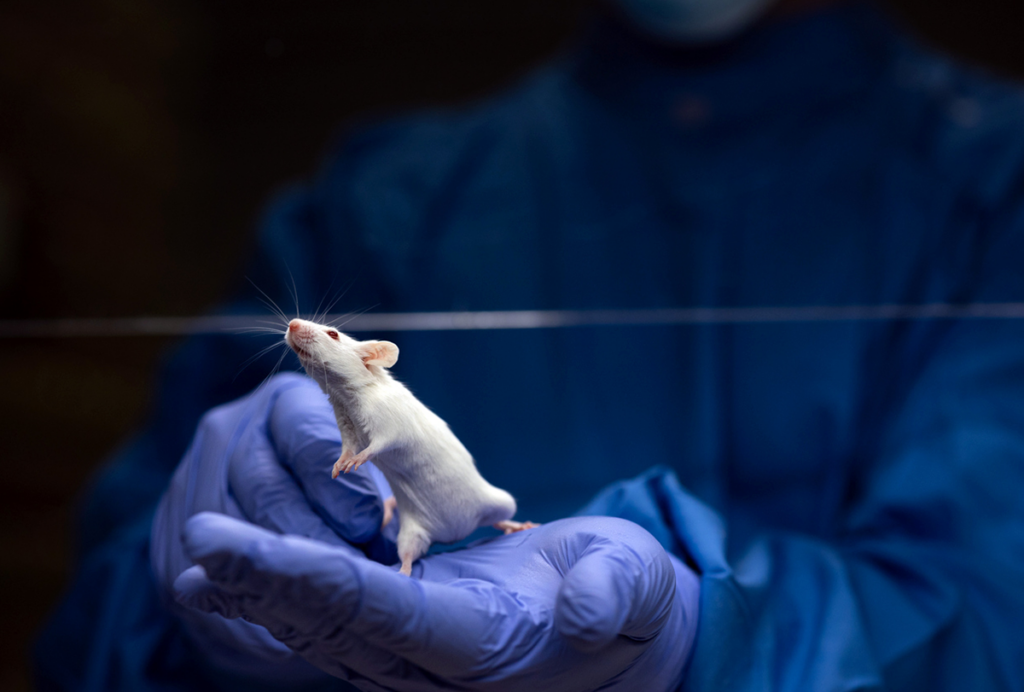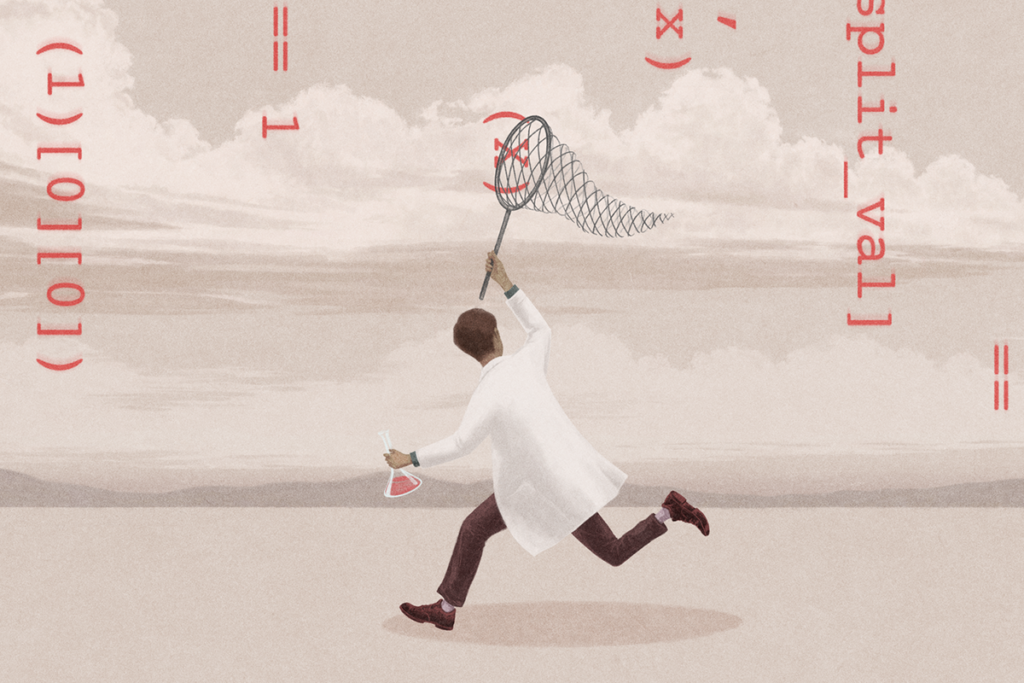As wearable sensors have become lighter and cheaper, they have found their way into a range of fitness trackers and health apps. They monitor our movement and record our heart rhythms. They can even gauge the quality of our sleep. For autism researchers, wearable sensors are providing a novel way to track early development. Click on the image above to watch this video report.
Video: Wearable sensors pick up early signs of autism
Audio and motion-sensor recordings offer a remote window into a baby’s first years and make it easier for families to participate in research.
By
Katie Moisse
30 August 2021 | 4 min watch
tags:
Recommended reading

New organoid atlas unveils four neurodevelopmental signatures
By
Diana Kwon
17 December 2025 | 4 min read

Glutamate receptors, mRNA transcripts and SYNGAP1; and more
By
Jill Adams
16 December 2025 | 2 min read

Among brain changes studied in autism, spotlight shifts to subcortex
By
Holly Barker
11 December 2025 | 5 min read
Explore more from The Transmitter

Psychedelics research in rodents has a behavior problem
By
Calli McMurray
19 December 2025 | 8 min read
Can neuroscientists decode memories solely from a map of synaptic connections?
By
Paul Middlebrooks
17 December 2025 | 1 min read

AI-assisted coding: 10 simple rules to maintain scientific rigor
By
Russell Poldrack
16 December 2025 | 7 min read
Cite this article: